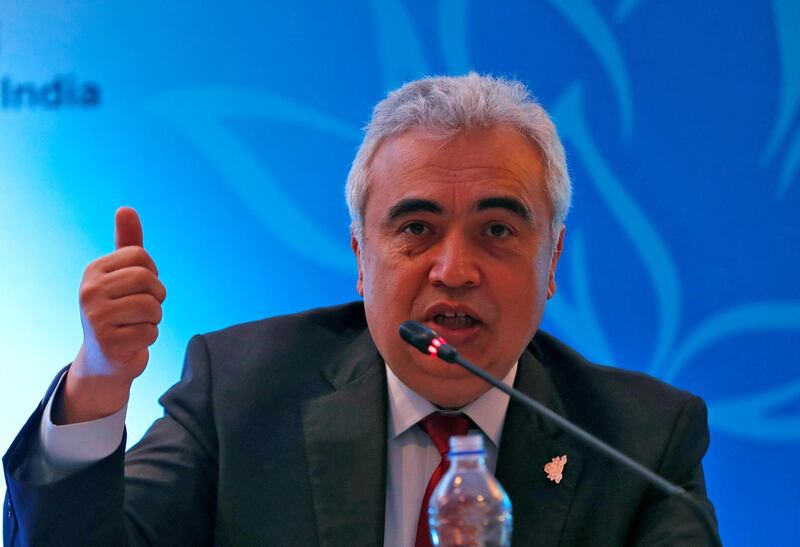Countries must achieve a 55 per cent reduction in carbon emissions from electricity by 2030 if they are to meet their net zero targets by 2050, underscoring the need for swift government policy action, the International Energy Agency said in its latest report.
Over the next three years, electricity demand will grow 2.7 per cent per year on average, resulting in additional market volatility and continued high emissions, the IEA said in its January report.
“Emissions from electricity need to decline by 55 per cent by 2030 to meet our net-zero emissions by 2050 scenario, but in the absence of major policy action from governments, those emissions are set to remain around the same level for the next three years,” Fatih Birol, executive director of the agency, said.
“Not only does this highlight how far off track we currently are from a pathway to net zero emissions by 2050 but it also underscores the massive changes needed for the electricity sector to fulfil its critical role in decarbonising the broader energy system.”
Global electricity demand surged in 2021, creating strains in major markets, pushing prices to record levels and driving the power sector’s emissions to a new high.
Driven by the rapid global economic rebound and more extreme weather than in 2020, last year’s 6 per cent rise in global electricity demand was the largest in percentage terms since 2010, when the world was recovering from the global financial crisis, the IEA said.
In absolute terms, last year’s increase of over 1,500 terawatt-hours was the largest on record, it said.
The steep increase in electricity demand outpaced supply in some major markets, with shortages of natural gas and coal leading to volatile prices, demand destruction and negative effects on power producers, retailers and end users, mainly in China, Europe and India.
About half of last year’s global growth in electricity demand came from China, where demand grew by about 10 per cent. China and India had power cuts during the second half of the year because of coal shortages.
“Sharp spikes in electricity prices in recent times have been causing hardship for many households and businesses around the world and risk becoming a driver of social and political tensions,” Mr Birol said.
“Policymakers should be taking action now to soften the impacts on the most vulnerable and to address the underlying causes.”
Higher investment in low-carbon energy technology and an expansion of robust and smart electricity grids can help governments to overcome current difficulties, Mr Birol said.
Renewables are set to grow by 8 per cent a year on average, serving more than 90 per cent of net demand growth during this period, the agency said. Nuclear-based generation is expected to grow by 1 per cent annually during the same period.
As a result of slowing electricity demand growth and significant renewables additions, fossil fuel-based generation is expected to stagnate in the coming years, the IEA said.






